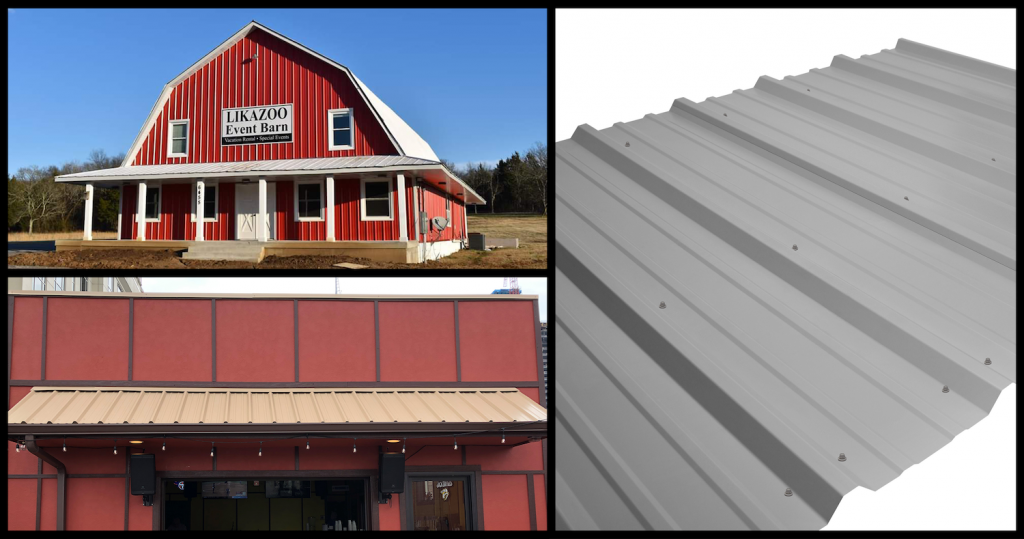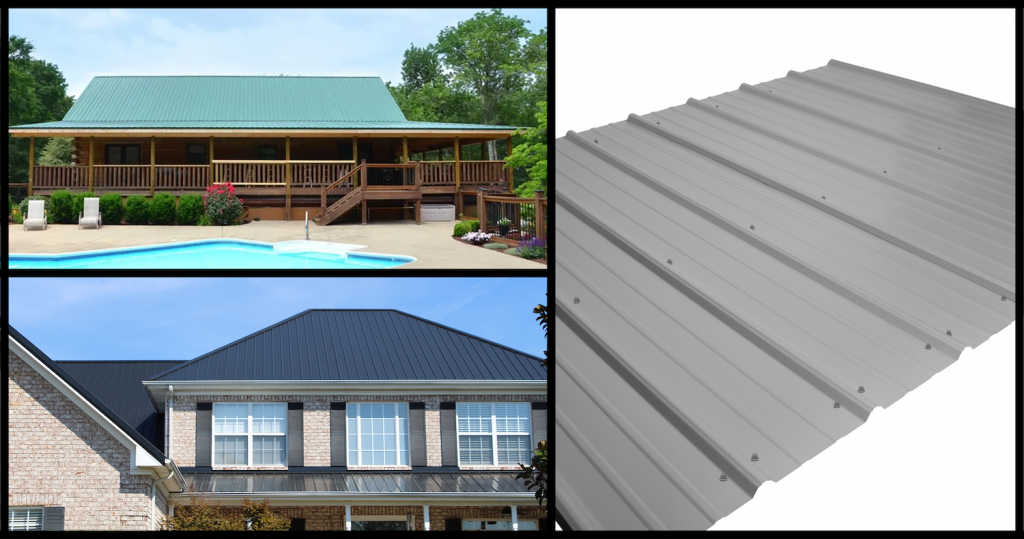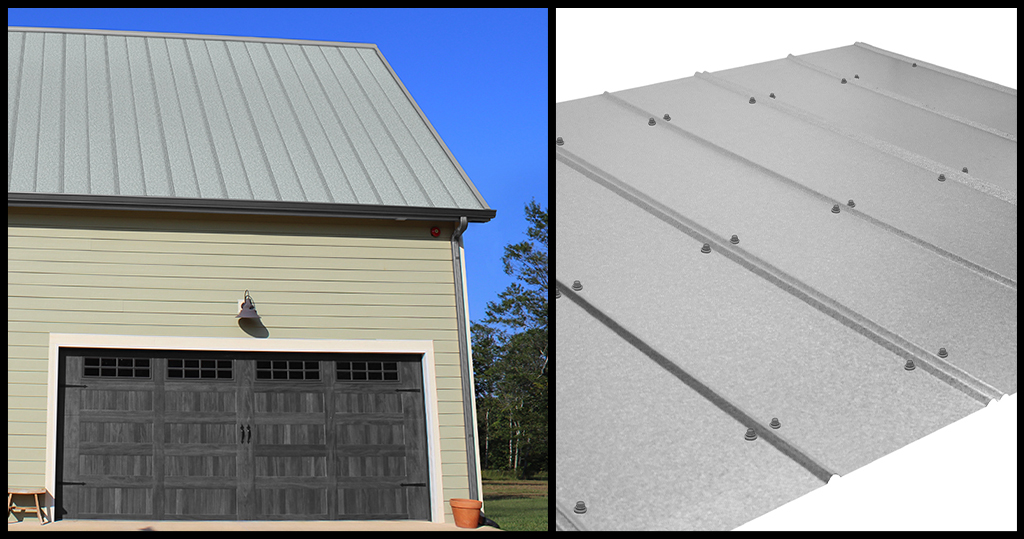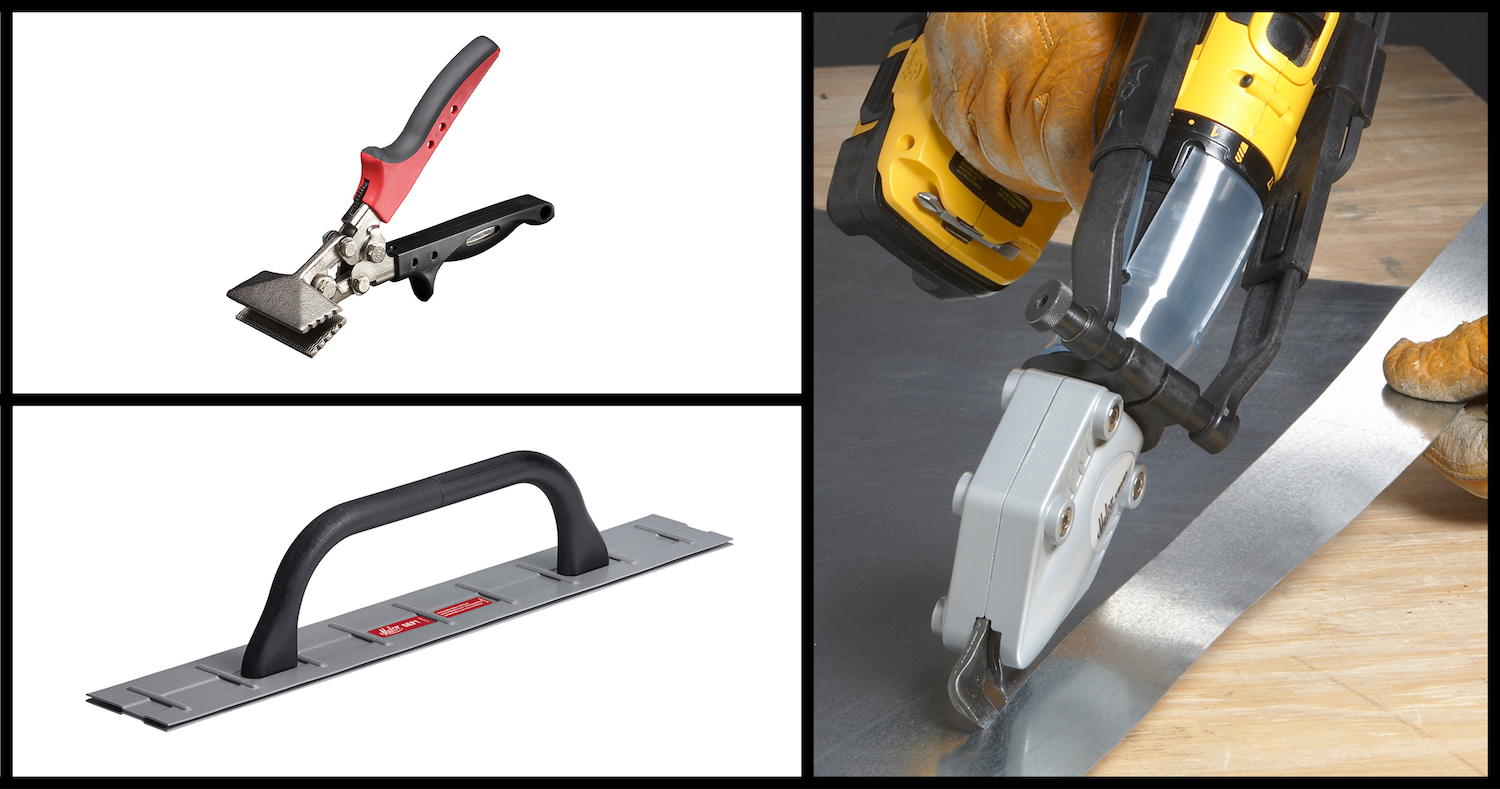Did you say Insurance Savings?!
DID YOU KNOW? There are several discounts and credits on your home insurance that become available when you select a metal roof for your structure or business. As you know, a metal roof is highly durable, fire resistant, energy efficient, and impact resistant. Insurance companies know that as well, and offer discounts depending on the material of the roof, its age, the coating, and other criteria. Here are some of the criteria insurance companies use to determine your discount:
IMPACT RESISTANCE
Impact Resistance discounts depend on the following:
- Roofing material
- Roof-covering classification, including the region the building is in. If the building is in an area prone to heavy hail damage, the discount is larger.
Roof classification is determined by the UL test standard 2218; roofing material is considered to have impact resistance if it passes the standard. Roofing materials are rated from one to four, with four being the highest rating.
Standard 2018 testing involves dropping steel balls on the roofing material to simulate the effect of hail. Metal roofs typically pass at a class four, qualifying for the highest discounts. Better yet, steel roofing retains its impact resistance throughout its service life, unlike materials that deteriorate over time due to weather exposure.
FIRE RESISTANCE
Fire resistance discounts are not offered as often as impact resistance discounts, but it doesn’t hurt to verify with your insurance company. If the structure is in an area where wildfires are a threat, having a fire-resistant roof and a discount could result in DOUBLE SAVINGS! Fire ratings are designed as Class A, B, and C. Class C fire rating is the lowest, just above no rating at all.
The Class A roof is preferred for areas prone to fires. The roof must prove it can:
- Allow a maximum flame spread of 6 feet
- Withstand a burning brand that is 12” X 12” and weighing 2000 grams
- Last at least 2-4 hours without catching fire.
- Resist 15 cycles of a gas flame being turned on and off.
Metal roofs are generally awarded a Class A fire rating and need to only undergo the test for flame spread because it is non-combustible, rendering the other three tests invalid. In certain circumstances, a special underlayment may be required to obtain that rating. The Class B fire rating designates material that is effective against moderate fire exposure. The roof must be able to:
- Allow a maximum flame spread of 8 feet
- Withstand a burning brand that is 6” x 6” and weighs 500 grams
- Last one hour before it catches fire
- Resist eight cycles of a gas flame being turned on and off
The Class C rating, the lowest of the three, designates a material that only provides light fire protection. The roof should be able to:
- Allow a maximum flame spread of 13 feet
- Withstand a burning brand of 1.5” x 1.5” and weighing 9 and a quarter grams
- Last 20 minutes before it catches fire
- Resist three cycles of a gas flame being turned on and off
While the concern is generally with blowing embers and burning debris landing on the roof and starting a fire, if the fire comes from within the structure, a metal roof has yet another advantage…
Metal roofing material is very light, much lighter than asphalt shingles or other materials. There is a reduced chance the roof collapsing as the frame weakens. Because of the lower roof weight, there is more time for firefighters to fight the fire and get people out of the structure.

















